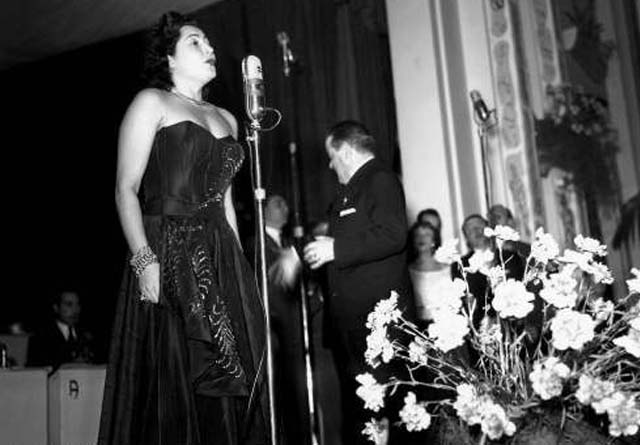
Swing Italiano – la musica durante il periodo fascista
Italian Swing — Music during Fascist Times
Sintonizzarsi sul passato: La musica italiana durante il fascismo
Tuning Into the Past: Italian Music During Fascism
Ultimamente, mi sono immersa nella ricerca sull’Italia durante il periodo fascista per il mio prossimo libro, Waking Isabella. Uno dei fili affascinanti che sto seguendo riguarda la musica che risuonava sulle onde radio italiane di quell’epoca. La mia esplorazione mi ha condotta su strade incredibilmente intriganti, rivelando storie che aggiungono profondità alla narrazione.
Lately, I’ve been diving into research on Italy during the Fascist era for my upcoming book, Waking Isabella. One fascinating thread I’m pulling is the music that filled Italian airwaves at the time. My exploration has uncovered stories that add depth to the narrative.
La musica prima del fascismo / Music Before Fascism
Prima dell’ascesa al potere di Mussolini in Italia, nei primi anni ’20, dopo la Prima Guerra Mondiale, la scena musicale era dominata da canzoni melodiche. Le influenze americane ed europee ebbero un ruolo significativo, con il jazz che si fece strada nella cultura italiana attraverso dischi importati e la crescente popolarità del cinema.
Before Mussolini’s rise to power in Italy in the early 1920s, following the First World War, the music scene was dominated by melodic songs. American and European influences played a significant role, with jazz making its way into Italian culture through imported records and the growing popularity of cinema.
Anthem of the P.N.F Giovinezza
La propaganda musicale del regime
The Regime’s Musical Propaganda
Il regime di Mussolini promosse attivamente la musica tradizionale e folkloristica, sia nel carattere che nello stile, come parte della sua agenda culturale. La musica sostenuta dal governo fascista era spesso allegra e spensierata, con contenuti semplici e superficiali, progettata per creare l’illusione di armonia e prosperità, suggerendo che tutto andava bene e che la popolazione non aveva preoccupazioni. Inoltre, furono composte canzoni di propaganda per glorificare il regime di Mussolini e le sue politiche, celebrando temi come l’eroismo, la vittoria e la presunta invincibilità del soldato italiano.
Mussolini’s regime actively promoted traditional and folkloric music, both in character and style, as part of its cultural agenda. The music endorsed by the Fascist government was often cheerful and lighthearted, with simplistic, superficial content designed to create an illusion of harmony and prosperity, suggesting that everything was fine and people had no worries. Additionally, propaganda songs were composed to glorify Mussolini’s regime and its policies, celebrating themes of heroism, victory, and the supposed invincibility of the Italian soldier.

Censura e controllo culturale / Censorship and Cultural Control
Alla fine degli anni ’30, alla vigilia della Seconda Guerra Mondiale, Mussolini aveva consolidato un controllo autocratico sul cinema, sulla radio e sulle manifestazioni culturali in generale. L’Ente Italiano per le Audizioni Radiofoniche (EIAR), il servizio pubblico di radiodiffusione dell’Italia fascista, divenne l’unica entità autorizzata a trasmettere informazioni alla nazione, garantendo che tutti i contenuti fossero in linea con la propaganda del regime.
By the late 1930s, on the eve of World War II, Mussolini had consolidated autocratic control over cinema, radio, and cultural expression in general. The Ente Italiano per le Audizioni Radiofoniche (EIAR), the public broadcasting service of Fascist Italy, became the sole entity authorized to disseminate information to the nation, ensuring that all content aligned with the regime’s propaganda.
Il governo iniziò a condannare e censurare le popolari orchestre swing italiane, come quelle di Gorni Kramer, Giuseppe “Pippo” Barzizza e Cesare Andrea Bixio. Il jazz, privo di origini italiane, venne bollato come “barbarico” e indegno di essere promosso. Inoltre, Mussolini promulgò una serie di leggi razziali, negando ai compositori e musicisti ebrei l’accesso alle associazioni professionali e artistiche, silenziando di fatto il loro contributo e cancellando la loro presenza nella sfera culturale.
The government began to condemn and censor popular Italian swing bands such as Gorni Kramer, Giuseppe “Pippo” Barzizza, and Cesare Andrea Bixio. Jazz, lacking Italian origins, was dismissed as “barbaric” and unworthy of promotion. Mussolini further enforced a series of racial laws, excluding Jewish composers and musicians from joining professional and artistic associations, effectively silencing their contributions and erasing their presence in the cultural sphere.
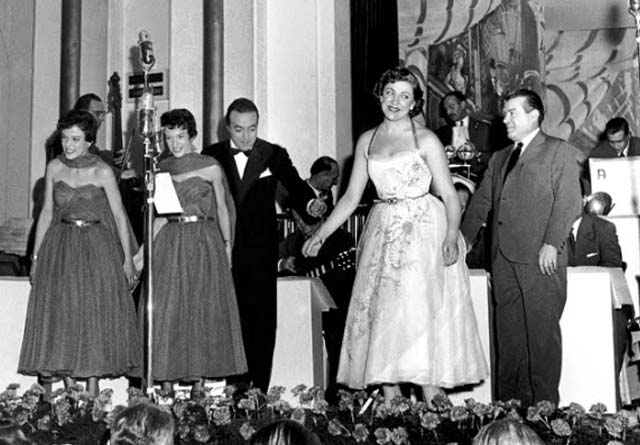
La voce proibita: Nilla Pizzi e la censura fascista
The Forbidden Voice: Nilla Pizzi and Fascist Censorship
Durante questo periodo, Mussolini proibì anche la cantante italiana Nilla Pizzi, che era stata considerata “la regina della musica italiana.” Invece di essere celebrata, è stata trattenuta dal lavoro radiofonico perché pensava che la sua voce fosse troppo “moderna, esotica e sensuale.”
During this time, Mussolini also banned the Italian singer Nilla Pizzi, who had been considered “the queen of Italian music.” Instead of being celebrated, she was kept from radio work because he thought her voice was too “modern, exotic, and sensual.”
La radio del regime e l’ascolto clandestino
The Regime’s Radio and Secret Listening
L’EIAR, principale veicolo della propaganda fascista, trasmetteva i discorsi di Mussolini a milioni di persone, spesso riunite nelle piazze davanti agli altoparlanti installati dal regime. Tuttavia, con l’inizio della Seconda Guerra Mondiale, la credibilità dell’EIAR diminuì, spingendo molti italiani a sintonizzarsi segretamente su Radio Londra per ascoltare prospettive alternative, rischiando l’arresto.
The EIAR, the main vehicle of Fascist propaganda, broadcast Mussolini’s speeches to millions, often gathered in piazzas before regime-installed loudspeakers. However, with the start of World War II, EIAR’s credibility waned, leading many Italians to secretly tune into Radio London for alternative perspectives, risking arrest.
La nascita della RAI: un’Italia divisa e una radio unificata
The Birth of RAI: A Divided Italy, A Unified Radio
Nel 1943, la divisione dell’Italia in due zone – il Nord sotto il controllo nazifascista e il Sud liberato dagli alleati – si rifletté nell’EIAR. Nel 1944, l’ente venne trasformato in RAI (Radio Audizioni Italia), segnando un nuovo capitolo nella storia della radiodiffusione italiana.
In 1943, Italy’s division into two zones – the North under Nazi-Fascist control and the South liberated by the Allies – was mirrored in the EIAR. In 1944, the entity was transformed into RAI (Radio Audizioni Italia), marking a new chapter in Italian broadcasting history.
Tu Vuò Fa’ L’Americano — Renato Carosone
Il Rinascimento Musicale del Dopoguerra: Il Festival di Sanremo
The Postwar Musical Renaissance: The Sanremo Festival
Dopo la fine della guerra, con la revoca delle restrizioni, la musica italiana rinacque e tornò a prosperare grazie a festival come Sanremo. Musicisti precedentemente censurati trovarono nuove opportunità, e l’introduzione delle trasmissioni televisive portò i festival musicali a un pubblico ancora più vasto. Artisti come Renato Carosone, con “Tu vuo’ fa’ l’americano,” e Domenico Modugno, con “Nel blu dipinto di blu,” conquistarono la scena.
After the war ended and restrictions were lifted, Italian music revived and flourished again through festivals like Sanremo. Previously banned musicians found new opportunities, and the introduction of television broadcasting brought musical festivals to a wider audience. Artists like Renato Carosone with “Tu vuo’ fa’ l’americano” and Domenico Modugno with “Nel blu dipinto di blu” took the spotlight.
Nilla Pizzi returned to the stage, becoming the first woman to win at Sanremo in 1951 with “Grazie dei fiori.
Nilla Pizzi tornò alla ribalta, diventando la prima donna a vincere a Sanremo nel 1951 con “Grazie dei fiori.”
Grazie dei fior — Nilla Pizzi
La storia della radio fascista ci ricorda che, anche nei momenti più bui, gli italiani hanno trovato il modo di cercare la verità e ascoltare ciò che contava davvero. Una lezione importante? Mai sottovalutare il potere della curiosità… e di una buona stazione radio!
The story of Fascist radio reminds us that, even in the darkest times, Italians found ways to seek the truth and listen to what truly mattered. An important lesson? Never underestimate the power of curiosity… and a good radio station!
Quartetto Cetra — Baciami Piccina
Read “Waking Isabella” and the Italian translation “Il risveglio di Isabella”
by Melissa Muldoon
Waking Isabella
Waking Isabella is a story about uncovering hidden beauty that, over time, has been lost, erased, or suppressed. It also weaves together several love stories as well as a few mysteries. Nora, an assistant researcher, is a catalyst for resolving the puzzle of a painting that has been missing for decades. Set in Arezzo, a small Tuscan town, the plot unfolds against the backdrop of the city’s antique trade and the fanfare and pageantry of its medieval jousting festival. While filming a documentary about Isabella de’ Medici—the Renaissance princess who was murdered by her husband—Nora begins to connect with the lives of two remarkable women from the past. Unraveling the stories of Isabella, the daughter of a fifteenth-century Tuscan duke, and Margherita, a young girl trying to survive the war in Nazi-occupied Italy, Nora begins to question the choices that have shaped her own life up to this point. As she does, hidden beauty is awakened deep inside of her, and she discovers the keys to her creativity and happiness. It is a story of love and deceit, forgeries and masterpieces—all held together by the allure and intrigue of a beautiful Tuscan ghost.
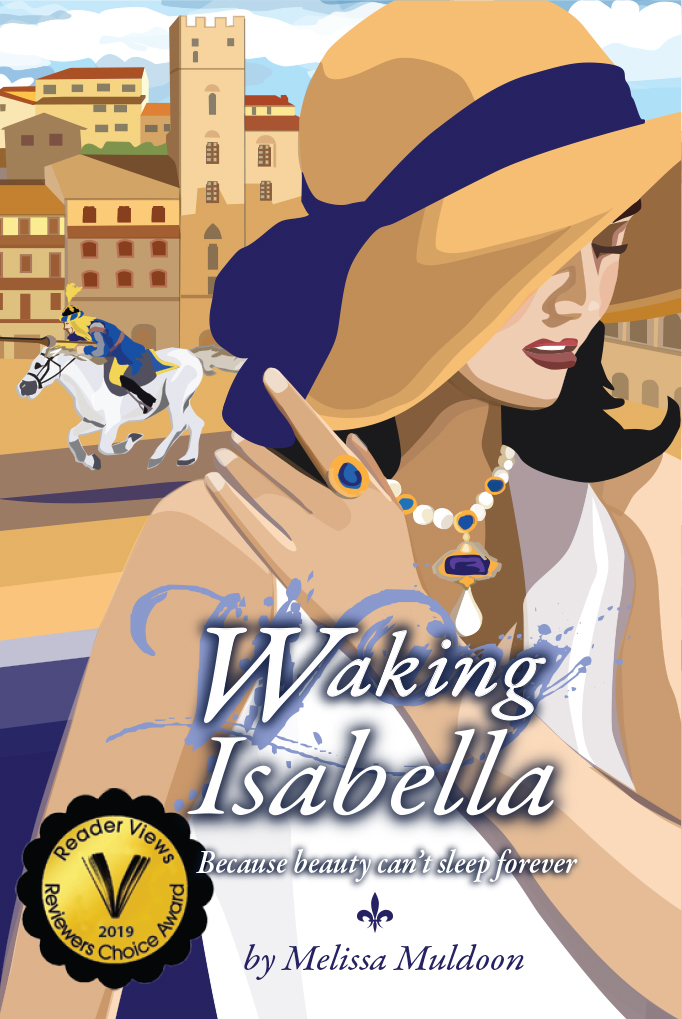
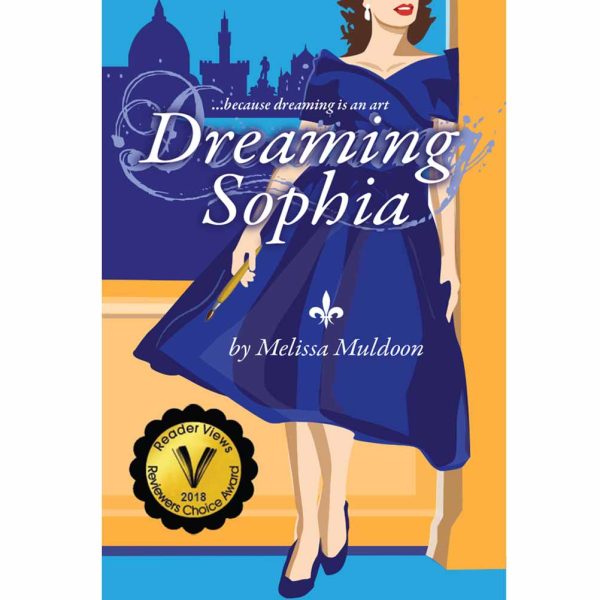
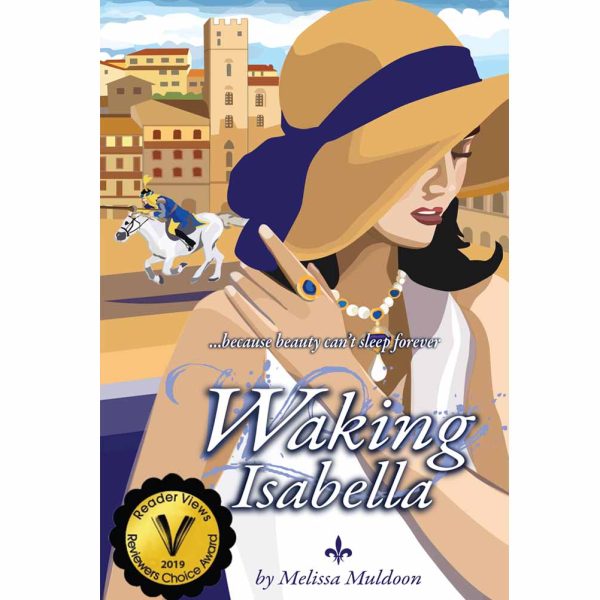
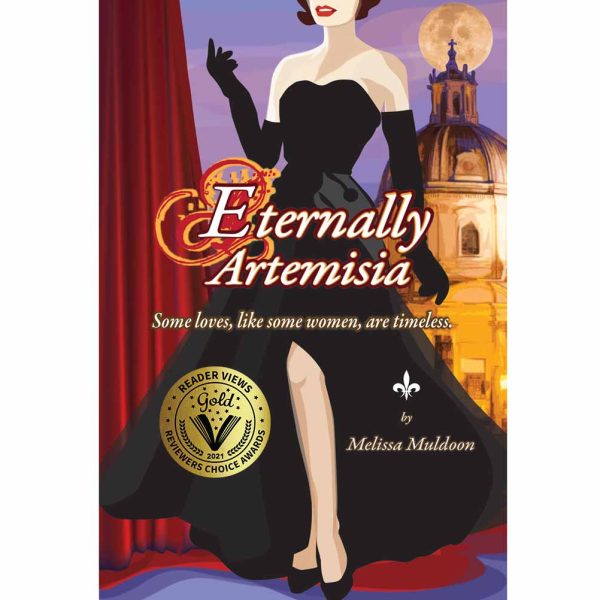

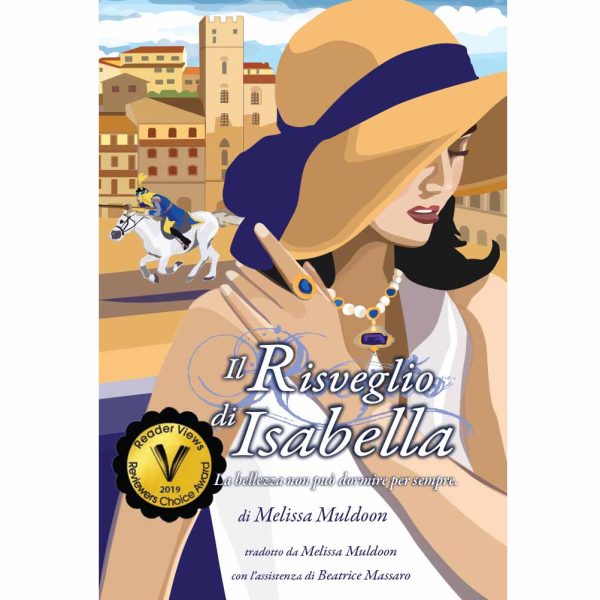











Thank you so much for this great article! If you don’t mind, I’d like to use it with my Italian meetup group next week. The topic is interesting and the reading practice is always worthwhile.
Ciao Evie, certo. mi piacerebbe se tu condividessi l’articolo con il tuo gruppo. Fammi sapere come va la discussione.
Some Italian-Americans in the US, during the period before WW2, used to sing & teach their kids to sing the Fascist fight song, “Giovinezza, giovinezza, primavera di bellezza. Nel fascisma, e la selvezza, della nostra liberta.”
A kick in the head, huh?
Molto interessante: un aspetto importante della storia moderne. In particolare mi piace ascoltare le canzone.